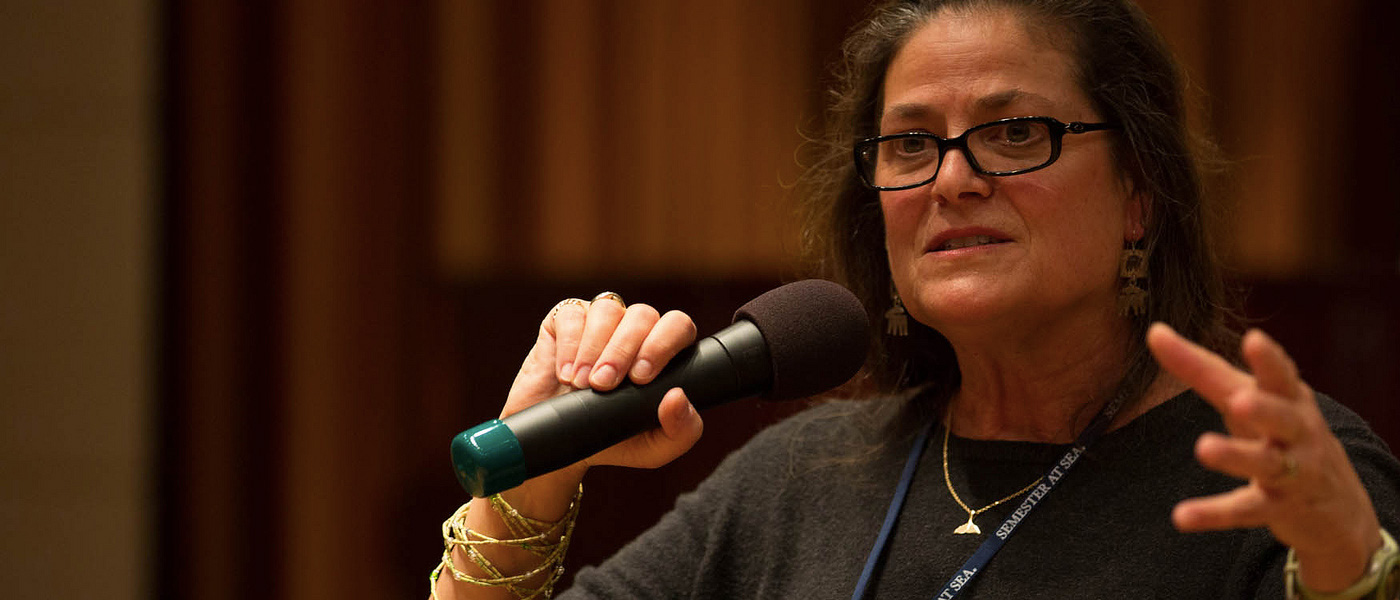Why Give a Damn:
It’s important to recognize that some things are, well, just better on your own. Save yourself the time for group think. Most of the time, it does not lead to creativity.
Cheryl Heller designs change and growth for business leaders and social entrepreneurs. She is Founding Chair of MFA Design for Social Innovation at SVA.
Susan Cain’s article in the Times, “The Rise of the New Group Think”, was like a breath of fresh air for me – no wait – it was like that moment of euphoria when someone sitting on the subway next to you spilling head-splitting bass ten feet in every direction through their ear buds gets off the train and leaves you with your own thoughts once again.
The point of the article is that CREATIVITY DOES NOT HAPPEN IN GROUPS. It’s an important read for everyone in business or education – and one that holds support more than surprise for those of us who spend our lives creating on demand.
It’s why, at MFA Design for Social Innovation, we built a quiet room into our facilities – a place for meditation and uninterrupted thought, deep or otherwise.
It’s why my husband and I attribute our long and wonderful relationship to the fact that we consider it perfectly civil to say, “Would you do me a personal favor and shut the …. up?”
It’s why we named our dog “Ray” after Raymond Carver and his short story, “Will You Please be Quiet Please”. Which he is not.
It’s why Ric Grefe, Executive Director of AIGA called me a “failed introvert”, and why I loved it.
In truth, it is inaccurate to say that groups are not important and don’t have their role. But it is absolutely critical to dispel this notion that everyone needs to participate in everything trying to be new. As for the adage that “none of us is as smart as all of us”, I have always felt it was at least equally true that “none of us is as dumb as all of us, either”.
Deep understanding of the creative process is required, but scarce in business. There is a rhythm to creation and collaboration – coming together, iterating, going away, using silence, solitude. There are certain components of the process best done in groups, others best done by individuals or pairs. Each has its place, but insensitivity to the natural rhythms is counterproductive and frustrating. Also it’s important to understand every member of the team. Some people aren’t comfortable in white space, when you don’t yet have the solution, which is such a critical part. They need always to know the next step. They can disrupt and shut down progress. Facilitators rarely do the homework to think through who is in the group, what their needs and temperaments are, but it’s a critical part of the process.
I hope that everyone (and there are billions of you) who organize brainstorming sessions and can’t figure out why you are left with nothing but a bunch of post-it notes take note of Susan’s article.
There is an African proverb that says, “Alone I have seen many marvelous things. None of which are true.” I would only add, for all of us solitary dreamers…”yet”.
Here’s to loners and introverts.
An Unreasonable Challenge:
Break the rules. Get to know the depths of your own creativity. Give up post-it notes for a week.
Update: Since writing this I have developed a greater conviction that our addiction to the shiny-new of innovation and the meme of design thinking have robbed us of creativity, which is what we truly need. Understanding that this statement is both vague and potentially inflammatory, I will plan to explain myself in a new post soon.



